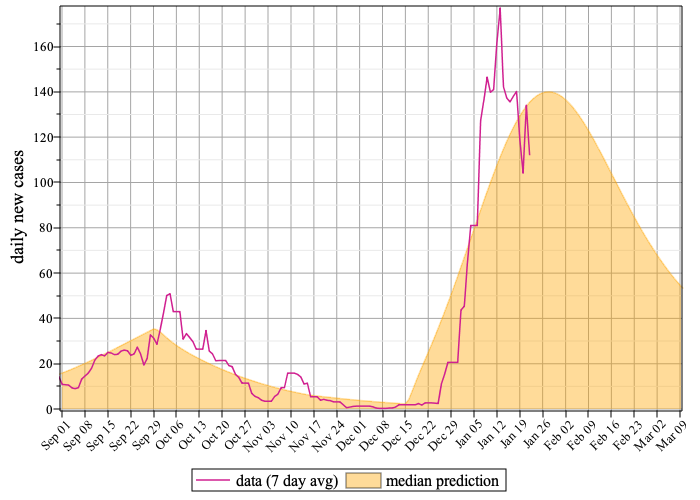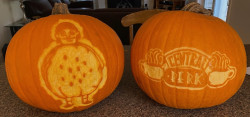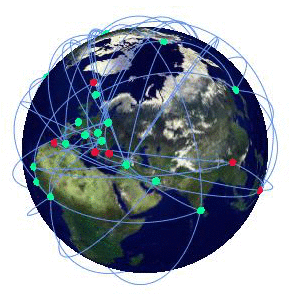Several years ago (for reasons that I can’t really remember) I became interested in 4-dimensional polyhedra. I made some animations that I like looking at, and I wanted to try out my new blog, so here we are…
4-dimensional polyhedra are the higher dimensional generalizations of three dimensional objects such cubes and tetrahedrons. You can think of them as solid objects that are highly symmetric; that is, their edges all have the same length, their faces are all congruent, and the angles at all of their vertices are the same. A familiar 3-dimensional example is a cube whose consists of six identical 2-dimensional regions, each of which is a square. The 4-dimensional version of cube is called a tesseract (or 8-cell). It’s boundary consists of 8 identical 3-dimensional regions, each of which is a cube.
How can you visualize a 4-dimensional object? Well, strictly speaking this is not something that human ought to be able to do, since our brains are trained to operate in a 3-dimensional world. But we can play a simple trick to draw pictures of 4 dimensional polyhedra by looking at their shadows. In the real world, the shadow of 3-dimensional object on a wall is 2-dimensional, and can therefore be accurately represented on a piece of paper. So, it is therefore possible to represent a 4-dimensional object by imagining what its shadow would look like on a 3-dimensional “screen”.
That’s exactly what the animated gifs shown below demonstrate: a 3-dimensional rendering of the shadow of several examples of these objects. Each of the polyhedra is rotating in 4-dimensional space.
In order, the polyhedra depicted are the 5-cell (two views), the 8-cell (two views), the 16 cell, the 24 cell, and the 120 cell. The animations were prepared using Maple.

























